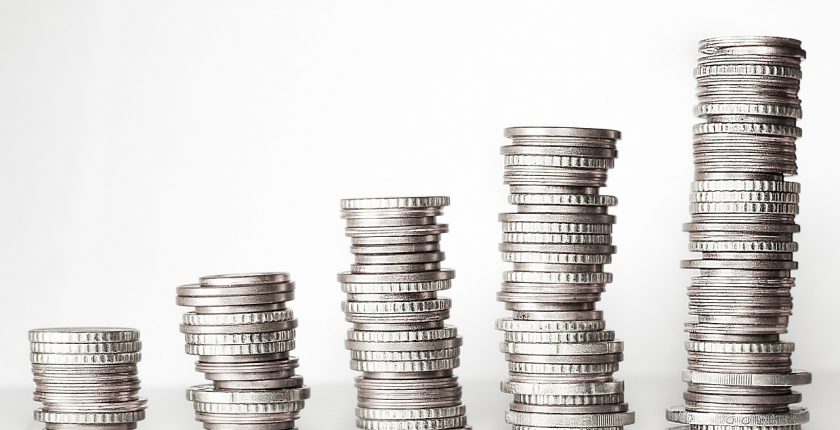The Opportunity and Challenge to Redistribute US$650 Billion Worth of Special Drawing Reserves
A Rarely Used Financial Tool – How SDRs buffer Economic Global Crises
On 23rd August 2021, the IMF issued a total of $650 billion of Special Drawing Reserves (SDRs) to the global economy to counter the financial implication of the Covid-19 pandemic.
Special Drawing Reserves (SDRs) were created to supplement international reserves in the event of a global economic crisis. SDRs provide liquidity to the global economic system and are therefore not currencies, rather unconditional claims on the currencies of IMF member countries. A country’s allocation of SDRs can be directly exchanged for currencies such as the US dollar, Chinese Renminbi, the Euro, Japanese Yen, or UK Pound Sterling. There are also no obligations on how a country’s allocation of SDRs can be used. A country can choose to convert SDRs into currency in order to pay off debt and boost spending in response to crises. It can also choose to protect its national currency by using SDRs to bolster its international reserve buffer. SDRs are therefore a unique financial tool that can assist in addressing long-term economic needs in the global economy, whilst building confidence and collaboration between nation-states.
The IMF has only rarely issued SDRs, the most recent allocation being in response to the 2008 global financial crisis where the IMF issued US$283 billion worth of SDRs. The recent designation of US$650 billion worth of SDRs is, therefore, an unprecedented amount that is presenting new financial opportunities and challenges.
How SDRs are Allocated – The IMF Quota Based System
One of the main challenges stems from how SDRs are distributed. A country is allocated a share of the total amount of SDRs according to their economic standing in the global economy, which is represented by their IMF quota shares. Essentially this means that higher-income countries tend to have larger quota obligations to the IMF reflecting their higher economic capacities. However, as SDRs are also allocated according to the IMF quota shares of each country, higher-income countries will also be given a larger proportion of the US$650 billion issued. As such 42.2% has been allocated to emerging market and middle-income countries, and only 3.2 % to low-income countries (IMF, 2021). This means that US$400 billion could be added to the reserves of the world’s richest countries whilst low-income countries would receive just $21 billion.
The IMF quota-based system stands as the foundation of IMF operations. Re-adjusting this system would require changing the IMF’s constitution, something that would take time and agreement from all its board members. The resulting imbalance caused by this financial tool has therefore become the responsibility of higher-income countries. The IMF itself, as well as a wide coalition of international civil society organisations, economists, and academics, are calling on higher-income countries to channel their SDRs to low-income countries without enforcing policy conditionalities or additional financial costs.
The Responsibility to Redistribute SDRs is an ‘Unprecedented Opportunity’
Higher-income countries have largely accepted the responsibility to re-channel their allocation of SDRs. The G7 has now committed to redistributing $USD100 billion worth of SDRs to provide debt-free and unconditional support to countries with the greatest need. Channelling such a large amount of SDRs also comes with new challenges, the practicalities of which are currently being debated. Clear solutions are necessary to mitigate piecemeal and sporadic redistribution.
Re-administering SDRs on such a large scale presents a unique opportunity to tackle other aspects of economic inequality. The UNDP has called the re-allocation of SDRs ‘an unprecedented opportunity to boost finance for development’ (UNDP, 2021). A recent UNDP report suggests that SDRs could be redistributed and utilised to target development that has a global impact. As such, countries that are particularly debt or climate-vulnerable could be provided with additional financial support.
The re-administering of SDRs brings with it the responsibility to utilise this resource in a multi-faceted manner that promotes overall sustainable development. A fairer redistribution would, therefore, not only provide much-needed financial assistance to countries struggling against Covid-19 but also help support long-term development goals.
Bibliography
IMF,. (2021) Explaining SDRs (Special Drawing Rights) https://www.imf.org/en/About/FAQ/special-drawing-right
Oxfam,. (2nd August 2021) Transparency and redistribution key to historic SDR allocation supporting fairer global recovery from COVID-19 https://www.oxfam.org/en/press-releases/transparency-and-redistribution-key-historic-sdr-allocation-supporting-fairer-global
Plant, M, and Andrews, D,. (4th February 2021) What is the Best Way to Allocate New SDRs? https://www.cgdev.org/blog/what-best-way-allocate-new-sdrs
Lawder, D,. (9th July 2021) IMF pushing G20 for clear path to donate reserves to poor countries -Okamoto https://www.reuters.com/business/exclusive-imf-pushing-g20-clear-path-donate-reserves-poor-countries-okamoto-2021-07-09/
Shalal,A,. (13th June 2021) MF eyes new trust to provide aid to broader group of countries-Georgieva https://www.reuters.com/business/exclusive-imf-exploring-creation-new-trust-provide-sdrs-broader-group-countries-2021-06-13/
UNDP,. (June 2021) An Unprecedented Opportunity to Boost Finance for Development The Upcoming Special Drawing Rights Allocation https://www.undp.org/publications/unprecedented-opportunity-boost-finance-development#modal-publication-download

